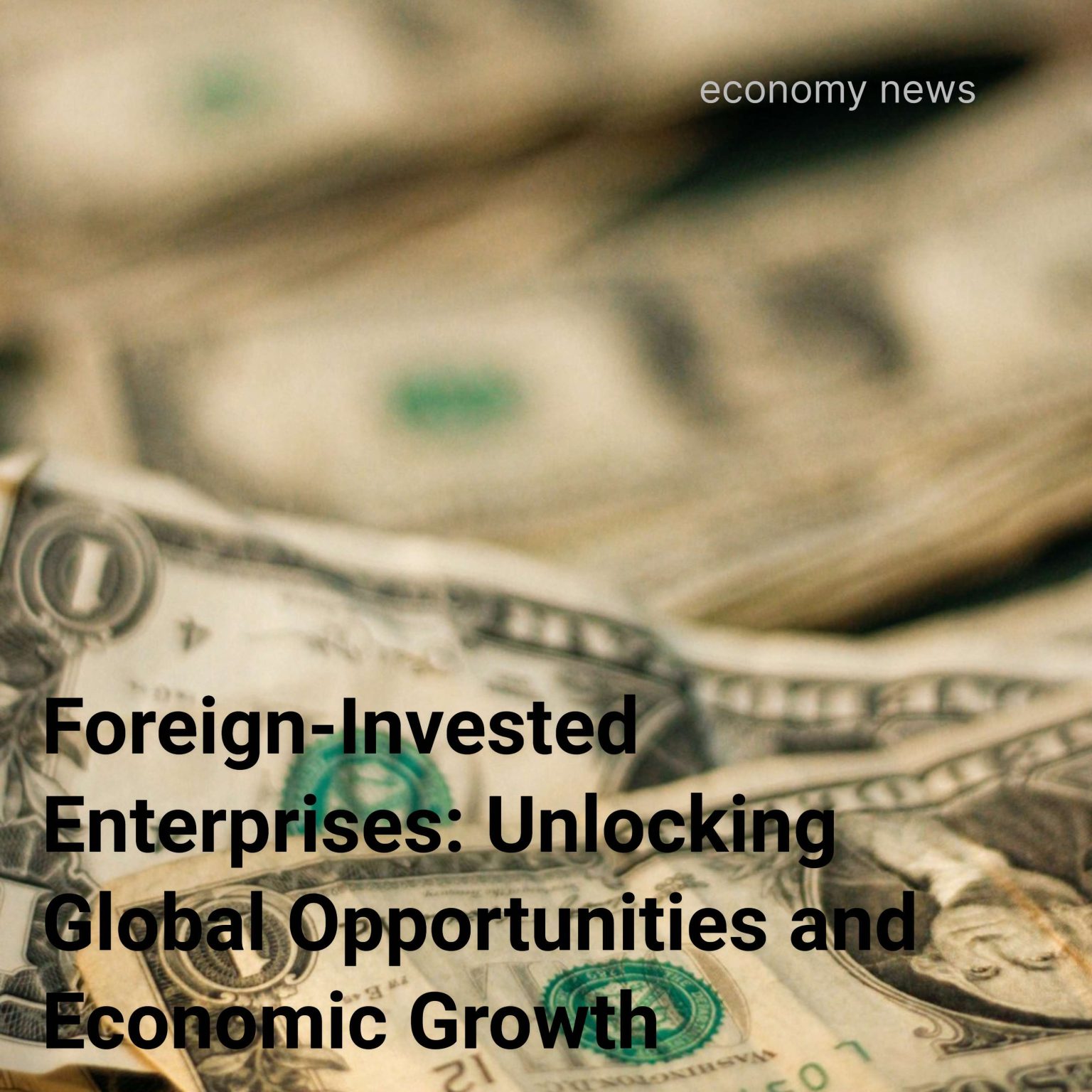Foreign-invested enterprises (FIEs) bring about a multitude of benefits to both host countries and investors. One of the primary advantages is the injection of foreign capital, which fuels economic growth, infrastructure development, and job creation. FIEs also facilitate the transfer of technology, knowledge, and managerial expertise, thereby enhancing the productivity and competitiveness of local industries. Moreover, FIEs often serve as conduits for international trade, facilitating the exchange of goods and services between countries and contributing to global economic integration.
However, FIEs also face several challenges, including navigating complex regulatory environments, cultural differences, and political risks in host countries. Compliance with local laws and regulations can be particularly daunting, requiring FIEs to invest significant resources in legal and administrative procedures. Moreover, cultural disparities and communication barriers may hinder effective collaboration between foreign investors and local stakeholders. Additionally, political instability and policy changes in host countries can pose significant risks to the operations and investments of FIEs, necessitating careful risk management strategies. Despite these challenges, the potential benefits of FIEs often outweigh the risks, driving continued interest and investment in foreign markets.
If you want to learn more about finance or any related topic, click here!
How Do Foreign-Invested Enterprises Affect the Host Countries?
Foreign-invested enterprises (FIEs) exert a profound influence on the economies and societies of host countries, contributing to various aspects of their development. One significant impact is the stimulation of economic growth through increased investment, job creation, and technology transfer. FIEs inject capital into local economies, fund infrastructure projects, and generate employment opportunities, thereby boosting consumer spending and driving overall economic expansion.
Moreover, FIEs play a crucial role in enhancing the competitiveness and productivity of local industries by introducing advanced technologies, management practices, and product standards. Through knowledge spillovers and skill upgrading, FIEs contribute to the development of a skilled workforce and the modernization of domestic enterprises, ultimately raising the overall efficiency and innovation capacity of host economies.
Furthermore, FIEs stimulate international trade by connecting local producers with global markets and facilitating the exchange of goods and services across borders. By leveraging their global networks and distribution channels, FIEs help host countries diversify their export base, expand market access, and integrate into the global supply chain.
Overall, the presence of FIEs not only stimulates economic growth and industrial development but also fosters social progress by promoting technological advancement, job creation, and international trade opportunities in host countries.
The Future of Foreign-Invested Enterprises:
The landscape of foreign-invested enterprises (FIEs) is continually evolving, driven by technological advancements, shifting geopolitical dynamics, and changing consumer preferences. Several key trends are expected to shape the future of FIEs and influence their strategic decisions:
Digitalization and Industry 4.0:
FIEs are increasingly leveraging digital technologies such as artificial intelligence, blockchain, and the Internet of Things to optimize operations, enhance productivity, and innovate business models. The Fourth Industrial Revolution is transforming traditional industries and creating new opportunities for FIEs to gain a competitive edge in the global market.
Sustainable Development Goals (SDGs):
FIEs are under growing pressure to align their business strategies with the United Nations’ Sustainable Development Goals, addressing environmental, social, and governance (ESG) considerations. Sustainable investing and corporate social responsibility (CSR) initiatives are becoming integral components of FIEs’ corporate agendas, driven by investor demand, regulatory requirements, and consumer preferences.
Regionalization and Reshoring:
The COVID-19 pandemic has highlighted the vulnerabilities of global supply chains, prompting some FIEs to reconsider their reliance on offshore production and explore regionalization or reshoring strategies. Governments are also incentivizing domestic manufacturing and reshoring initiatives to enhance supply chain resilience and safeguard national security interests.
Emerging Markets and Frontier Economies:
FIEs are increasingly targeting emerging markets and frontier economies for growth opportunities, driven by rising consumer demand, demographic trends, and untapped market potential. These markets offer FIEs access to a growing middle class, abundant natural resources, and favorable investment climates, albeit with unique challenges and risks.
In short, FIEs will need to adapt to these evolving trends and anticipate future developments to maintain their competitive advantage and sustain long-term growth in an increasingly complex and interconnected global economy. Strategic agility, innovation, and collaboration will be critical for FIEs to navigate uncertainties and capitalize on emerging opportunities in the years ahead.
Foreign-Invested Enterprises: Might Be A Catalyst For Global Economic Growth
In conclusion, foreign-invested enterprises (FIEs) play a pivotal role in driving economic growth, fostering innovation, and promoting international cooperation. Despite facing challenges such as regulatory complexities and geopolitical risks, FIEs continue to serve as catalysts for global economic integration and sustainable development. By harnessing the power of cross-border collaboration and embracing emerging trends, FIEs can navigate uncertainties and capitalize on opportunities in the dynamic landscape of international business. As we look towards the future, fostering an enabling environment for FIEs through transparent regulations and strategic partnerships will be essential for unlocking their full potential and realizing shared prosperity.
